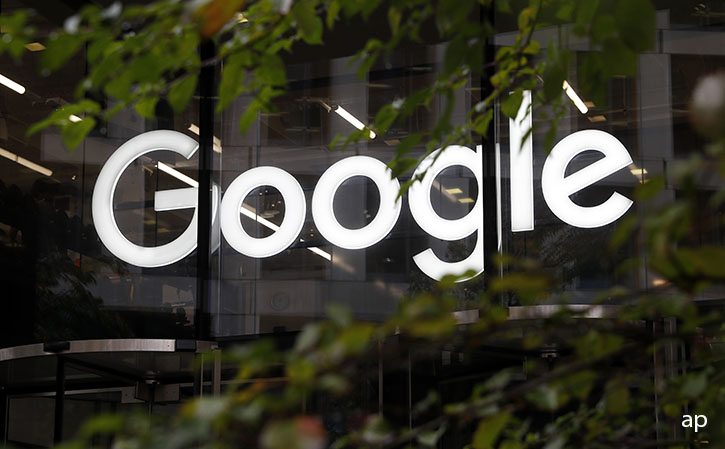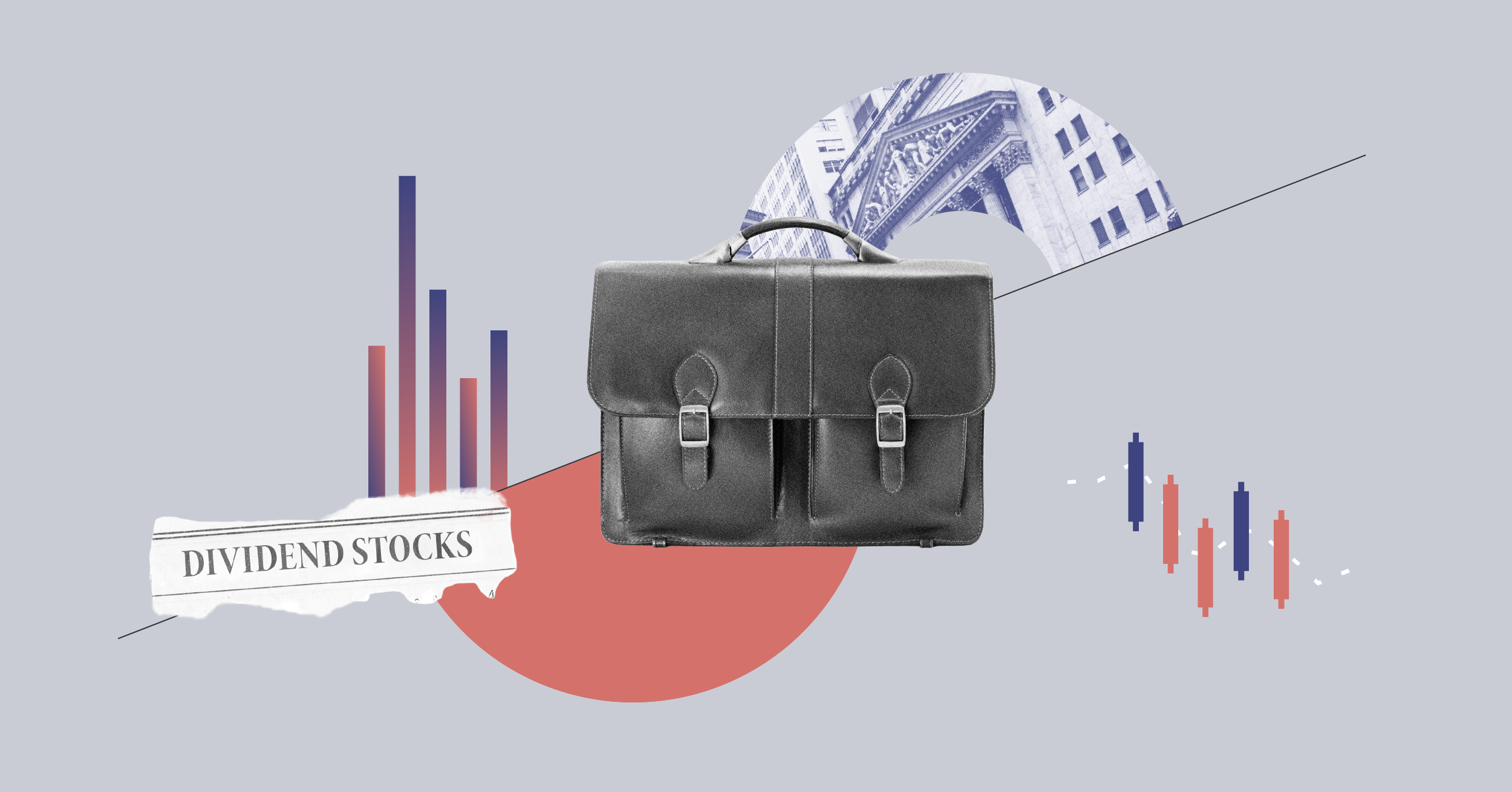Click here to return to Page 1.
And why is so much capital flowing to bonds? The analogy to hemlines serves well in this regard. Take a long-established style, stir in changed circumstances, and add a significant swing in psychology. Bonds became passé over a long period of time, and stocks caught everyone's attention. When these trends had gone as far as they could, and the error of the fashion extreme ultimately was exposed, bonds came back into style.
Bonds used to constitute the majority of portfolios, then a 70:30 equity/bond mix became the norm; and then bonds went further out of style. And then, when bond allocations got as small as they could, the style mavens began to call for more, instead. Of course it helped that bonds outperformed during and after the crisis.
So few people held bonds going into the crisis, and in such small amounts, that the attractions of bonds must seem like a sudden revelation: they're senior in the capitalisation to equities, of course, so they're less subject to fundamental risk. Then there's what I call the "power of the coupon". In addition to redemption at maturity, most bonds provide an interest check every six months. Not only are these cashflows spendable and investable, but they also serve to stabilise bond prices, restraining volatility. Sounds like a great deal. So why, people now wonder, did we hold so few? Take historically small allocations, add in newly discovered merits, and you get a buying trend and rising prices.
The fundamental underpinnings for the buying trend in bonds are the converse of those compelling equity reductions: concern about economic sluggishness, the chance for a double dip, and even the distant possibility of deflation. Under any of these circumstances, companies are likely to do poorly, so you'd rather own senior securities (debt) with the promise of positive returns if held to maturity, rather than junior ones (equities), to which just about anything can happen.
And if inflation is declining - taking interest rates with it - you'd rather secure a fixed rate of return with a bond than hold a totally variable instrument like a stock. With inflation at zero or negative, the thinking goes, locking in today's interest rates will prove to have been a godsend.
Finally, if we get back into another crisis, wouldn't we rather hold bonds? Look how well they did during the last one.
At What Price?
That question - at what price? - isn't just the right question to ask about bonds versus stocks today. It's the right question regarding every investment at every point in time.
I try every chance I get to convince people that in investing, there's no such thing as a good idea ... or a bad idea. Anything can be a good idea at one price and time, and a bad one at another. Here's how I've put it in the past:
It has been demonstrated time and time again that no asset is so good that it can't become a bad investment if bought at too high a price. And there are few assets so bad that they can't be a good investment when bought cheap enough ... No asset class or investment has the birthright of a high return. It's only attractive if it's priced right. ("The Most Important Thing," 1 July 2003)
Investment success doesn't come primarily from "buying good things," but rather from "buying things well" (and the difference isn't just grammatical). ("The Realist’s Creed," 31 May 2002)
The thing to think about isn't whether you’d rather have junior or senior securities in a recession, or fixed-rate securities versus variable ones in deflation. The question is which securities are priced right for the future possibilities - which ones are priced to give good returns if things work out as expected and not lose a lot if they don't? You mustn't fixate on a security's intrinsic merits, but rather on how it's priced relative to those merits.
So, for example, it's not enough to say "We want fixed-rate securities in deflationary times". You'll be glad to be holding 2.5% 10-year Treasuries if deflation materialises, but how will you feel if it doesn't? And what’s the probability of each outcome?
If bonds are ideal for deflation and stocks will bear the brunt of the associated economic weakness, is that all that matters? Would you rather buy overpriced bonds than underpriced stocks? Is there an objective standard for overpriced and underpriced? And, for example, if the 10-year note will pay 2.5% regardless of the environment, and stocks will return 15% if deflation is avoided and lose 10% if it's not, doesn't deflation have to have a likelihood exceeding 50% for bonds to be preferred? Check the maths.
My point here is that simplistic blanket statements are no help at all in making investment decisions. How have investors gott killed in the past? By falling for statements like these:
1. High-growth stocks are a good thing (1970).
2. Bonds rated below triple-B aren't appropriate for investment (1977).
3. No one will ever buy equities again (1979).
4. There can never be too many disk drive manufacturers (1988).
5. The internet and optical fibre will change the world (1999).
6. Home prices can only go up, and there can't be a nationwide surge in mortgage defaults (2006).
7. High-yield bonds are unattractive given the risk of Armageddon (2008).
Most of today's positive articles about bonds are totally devoid of discussion of prices and probabilities. But it's only by assessing those things that attractiveness can be determined.
What To Do Now?
Ever since the financial crisis started in mid-2007, I've been saying any recovery would be lacklustre and investors shouldn't be planning on prosperity. To me that called for investing in solid, stable, non-cyclical companies, avoiding levered companies and strategies, emphasising risk-controlled strategies and managers, and, perhaps foremost, holding more bonds and fewer stocks.
These were general principles - my own blanket statements, if you will. But now that stock prices have drifted lower and bond prices have continued to surge, I find I must reconsider the emphasis on bonds.
How are bonds priced today? What returns can we expect? Let's consider that 2.5% 10-year note. With regard to Treasury securities, where it still seems safe to say there's no credit risk, there are three possible states of nature.
1. If we buy at a yield to maturity of 2.5% and interest rates don't change, we'll enjoy an annual return of 2.5% per year for the next ten years. (With interest rates unchanged, there'll be no change in price other than from accretion to par at maturity, and we'll be able to reinvest the interest payments at the yields available at the time of purchase, an assumption implicit in the yield-to-maturity calculation.)
2. If interest rates fall in response to economic weakness or deflation, we're likely to see interim appreciation. And if we sell at the appreciated prices, our holding period return will exceed the yield to maturity at which we bought. Even if we just hold, our 2.5% notes will be desirable museum pieces, as in, "Do you remember the good old days, when you could get 2.5% on Treasuries?" (In truth, though, how much lower can yields go from here?).
3. Finally, if the economy, inflation and interest rates surprise on the upside relative to today's low expectations, having locked in a yield of 2.5% won't turn out to have been a good thing. From 2.5%, it's clear that rates have much further to go up than down. Any substantial increase in bond yields would bring meaningful interim price declines. It must be borne in mind that holders of the bonds of creditworthy issuers don't have to worry about permanent capital losses (unless they're frightened into selling when things are down). A bond that's money-good will outlive any negative interim fluctuations, pay par at maturity and deliver the yield at which it was bought. So the real risk for people who invest in these bonds is that their returns turn out to be sub-par under the circumstances. If inflation turns out to be normal, investors in the 2.5% note may end up with no more purchasing power down the road than they have today - that is, a real return of zero. Thus, if there are positive surprises in the environment, bond holders are likely to wish they had stocks instead.
Portfolio construction is supposed to strike an appropriate balance between safety and certainty on one hand and aggressiveness and gains-seeking on the other. The key question is whether today's bond buyers are leaning too heavily towards the former and forgetting too much about the latter. Are they too pessimistic and thus honouring uncertainty to excess?
An article by Richard Thaler of the University of Chicago, in The New York Times of 22 August, makes an important point. He wrote about CFOs, but I think it's largely the same for investors:
"... the confidence limits [of their forecasts] widen after bear markets, mostly because estimates at the lower bound become more pessimistic. This puts a new light on the recent comment by Ben S Bernanke ... that the economic outlook was "unusually uncertain" ... Yes, things feel more uncertain after bad times, but severe market downturns tend to occur after long bull markets when we are feeling least uncertain."
In other words, investors become so accustomed to good times that bad times seem unsettling in comparison. That could explain excessive appetites for the safety of bonds and why, according to Deutsche Bank, "the top 10 lowest-yielding US corporate new issues in history have been sold in the last 14 months" (Bloomberg, 16 August). And what about sellers of stocks? I'm no longer an "equity guy" by profession, and Oaktree manages far more bonds than stocks, so this isn't a commercial. But I feel investors may be overlooking some substantial merits on the part of stocks today (data from Bloomberg, 16 August, except as noted):
1. Having made their organisations lean and having benefited from declining floating-rate interest costs, cheaper labour or staff downsizing, companies are doing a good job of making money despite today's lacklustre economic environment. "Earnings for S&P 500 companies may rise 36% in 2010 and 16% in 2011, the largest two-year advance since 1994-5."
2. Rather than spend that money on expansion or acquisitions, most companies are piling it up. "The Federal Reserve reported in June that non-financial companies were holding cash totalling more than $1.8 trillion, having built up their hoards at a rate unmatched in more than 50 years." (The Los Angeles Times, 25 August). This pile of cash adds greatly to companies' financial security and to the potential for dividend increases or stock buybacks in the future.
3. Finally, those selling or shunning stocks today seem to be overlooking some very attractive valuation parameters.
• PE ratios are lower than usual. "The S&P 500 trades at 14.4 times annual earnings, compared with an average of 16.5, according to data ... that goes back to 1954." Not giveaway levels, but 13% below the post-war average.
• Annual free cashflow for American companies excluding banks is running at 6.8% of their market value. This "cashflow yield" is roughly capable of being compared against the yield on bonds. Although (unlike dividends or interest) the cashflow isn't necessarily received by investors as it's earned, it should contribute to stocks' value one way or another.
The bottom line is that, as bond prices rise (reducing yields) and PE ratios fall, the chances increase that stocks will outperform bonds. Thus the benefits high-grade bond investors feel they're gaining through what they're buying can be undone by what they're paying. I'll say it another way: the attractiveness of one investment relative to another doesn't come from what it's called or how it's positioned in the capital structure, but largely from how it's priced relative to the other.
I'm impressed today by the ability to assemble a portfolio of iconic, high quality, large-cap US growth stocks that will provide appreciation in a strong environment, a measure of protection in a weak environment, and a meaningful dividend yield regardless. To me, and given my standard view that we don't know what the macro future holds, these stocks' potential over a range of possible scenarios is more attractive than bonds, which will do well in periods of economic weakness or deflation but poorly in strength or inflation.
Compared to stocks, I feel Treasuries and high-grade bonds currently reflect all of the environmental factors in their favour and perhaps more and are priced rich relative to stocks. For them to do well from here, with yields so low, everything has to work out as the bond bulls hope.
My friend, hedge fund manager Doug Kass, publishes a daily note to investors. (Given that I average a memo every couple of months, I find the very idea daunting.) I usually like what he writes, which is another way of saying we think a lot alike. Doug's 18 August note carried a catchy headline, "Setting Up For the Trade of the Decade". His nominee for that sobriquet: shorting the US bond market.
What about high-yield bonds, one of Oaktree's flagship asset classes? They're selling at yield spreads over Treasuries that are well above the historic norms, and their promised yields to maturity (before credit losses) should help institutional investors towards their return goals. On the other hand, it must be said that if interest rates rise, high-yield bonds will see interim markdowns (albeit cushioned by their modest durations and the "gravitational pull" of price toward par at maturity). In all, given today's yield spreads, we believe high-yield bonds will outperform high-grade bonds in most foreseeable long-term environments.
Leveraged loans may deserve consideration as well. The yields on these loans are low in the absolute, like other fixed-income instruments, but relatively attractive at 5.5%-6.0%. The loans are senior-most in the capital structure, meaning they should provide some protection in a sluggish economy, and the fact that their interest rates float with LIBOR should insulate them against interest rate increases.
Oaktree manages half a dozen large "multi-strategy fixed-income" accounts, in which we are responsible for allocating capital to our various marketable securities strategies. Recently, in recognition of the developments described above, we made a modest initial shift away from high-yield bonds and into convertibles, with their sensitivity to equity market trends. Here's what I wrote to our multi-strategy clients a month ago:
Certainly by the onset of 2000, people believed too much in stocks and thought too little of bonds. Now, a decade later, these things are reversing. As we enjoy our portfolios' performance, we should be alert for a day when bonds will have become too popular and stocks' outcast status will have rendered them too cheap. We can pat ourselves on the back for being in the right asset classes today, but we shouldn't fail to consider what these diverging performance trends can do to tomorrow's returns.
Since few investment trends continue forever, it's usually smarter to expect ultimate regression to the mean rather than growth to the sky. No one should view the great popularity of bonds relative to stocks without reservation.
Howard Marks is chairman of Oaktree Capital Management. This article was published at the request of Morningstar, with the approval of Oaktree; please read the Important Legal Information and Disclosures.























